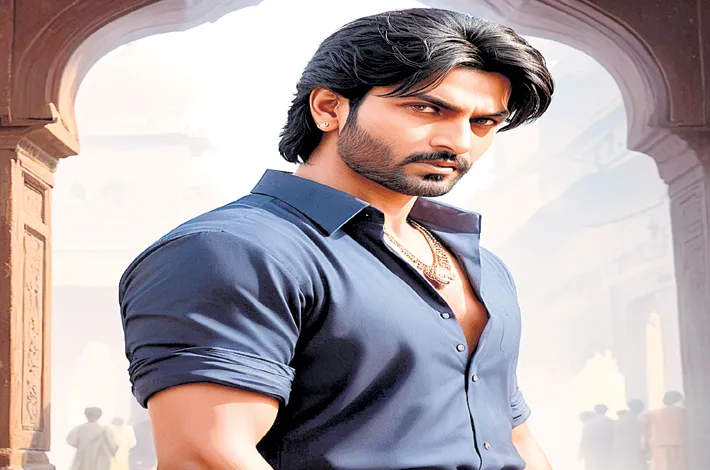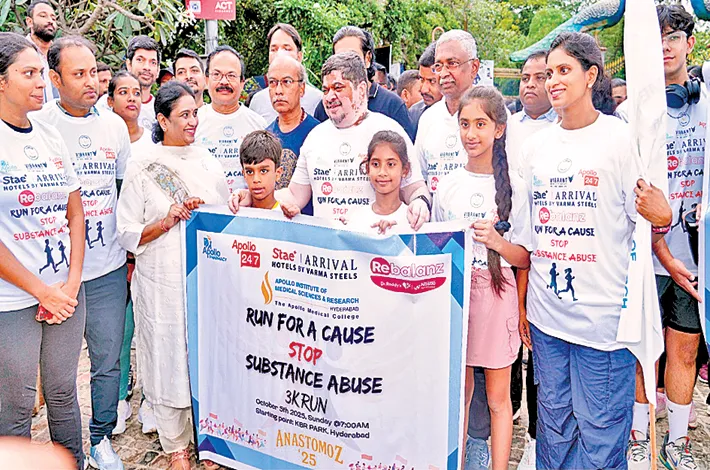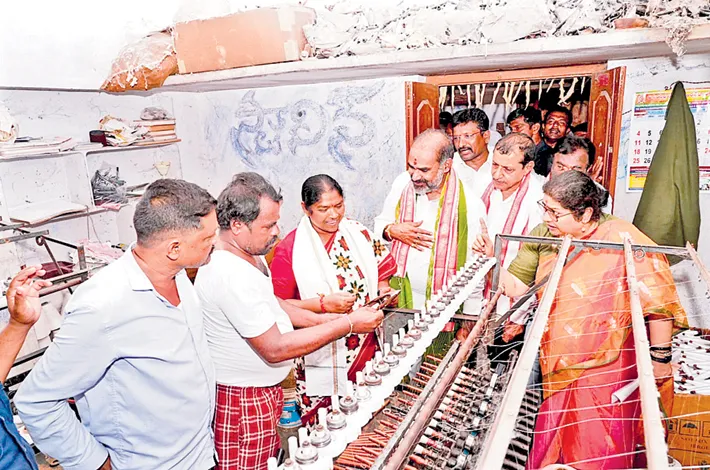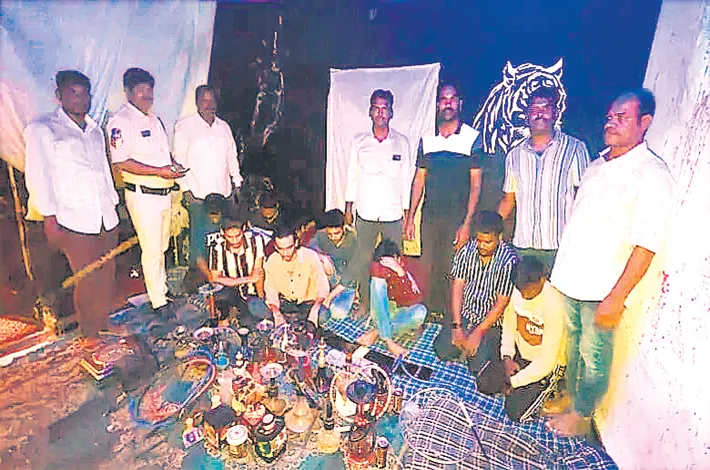The Bareilly Mystery
07-05-2025 12:00:00 AM

The monsoon rains lashed Bareilly, turning the narrow lanes of the old city into muddy streams. Inspector Vikram Singh, a weathered officer with a reputation for cracking cases others deemed impossible, sat in his dimly lit office at the Kotwali police station. The air was thick with the scent of damp paper and chai.
A single bulb flickered above, casting shadows on the peeling walls. His desk was cluttered with case files, but one folder—marked "The Shadow"—held his attention. For weeks, Bareilly had been gripped by fear. Three murders, each more brazen than the last, and no leads. The killer left no trace, only a cryptic note at each scene: The shadow moves unseen.
Vikram sipped his chai, his mind racing. The first victim, a wealthy jeweler named Ramesh Gupta, was found in his shop, throat slit, diamonds untouched. The second, a schoolteacher, Meena Yadav, was discovered in an alley, strangled, her books scattered like fallen leaves. The third, a street vendor, Anil Kumar, was stabbed in the heart near the Ala Hazrat Dargah. The notes, written in neat Hindi script, mocked the police. The city whispered of a ghost, a phantom born of Bareilly’s ancient alleys.
His phone buzzed. Sub-Inspector Neha Sharma, his sharp-witted partner, was at the latest crime scene. “Sir, you need to see this. Another body. Qila Road. Same MO.” Vikram grabbed his raincoat and rushed out, the rain soaking him as he navigated the chaotic streets. Auto-rickshaws honked, and vendors shouted, their voices muffled by the downpour. Bareilly was alive, yet suffocating under the weight of fear.
Qila Road was cordoned off when he arrived. Neha stood under an umbrella, her face grim. The victim, a middle-aged tailor named Sanjay Mishra, lay in a pool of blood, a knife wound to the chest. The note was pinned to his shirt: The shadow moves unseen. Vikram crouched, his eyes scanning the scene. The alley was narrow, lined with shuttered shops. No CCTV, no witnesses. The killer was meticulous, striking in the rain when streets emptied and footprints washed away.
“Anything new?” Vikram asked, his voice low.
Neha pointed to a smudge on the note—a faint fingerprint in ink. “This is sloppy. The others were clean.”
Vikram’s pulse quickened. A mistake. He bagged the note and sent it to forensics, though he knew Bareilly’s lab was underfunded and slow. The city’s underbelly was his real tool—informants, gut instinct, and the pulse of the streets. He and Neha split up. She canvassed the area for witnesses; he headed to the Dargah, where Anil’s murder had drawn crowds and rumors.
At the Dargah, devotees prayed under colorful awnings. Vikram met his informant, a chaiwallah named Rafiq, whose stall was a hub for gossip. “People talk, Inspector,” Rafiq whispered, pouring tea. “They say the killer is no man. A spirit, angry at the city’s sins.” Vikram dismissed the superstition but pressed for details. Rafiq leaned closer. “Anil, the vendor? He was scared days before. Kept saying someone was watching him. A man in a black coat.”
A black coat. It was thin, but it was something. Vikram returned to the station, pulling files on the victims. Gupta, Yadav, Kumar, Mishra—different lives, no obvious connection. But as he pored over their records, a pattern emerged. Each had visited the same small temple near Kutubkhana Bazaar in the weeks before their deaths. It was a lead, fragile but real.
The temple, dedicated to Hanuman, was tucked in a labyrinth of alleys. Its priest, a frail man named Pandit Shyam Lal, greeted Vikram with nervous eyes. “Yes, they came here,” he admitted, clutching a rosary. “They sought blessings. Nothing unusual.” But his hands trembled, and Vikram sensed fear. He pushed harder, and the priest cracked. “A man… he came after them. Asked questions. Wore a black coat. I didn’t know he was dangerous!”
Vikram’s mind raced. The killer was stalking his victims, using the temple as a hunting ground. But why? He stationed plainclothes officers at the temple and dug deeper. Neha called with news: the fingerprint was a partial match to a petty criminal, Arjun Tiwari, arrested years ago for theft. His last known address was a slum near the railway station.
The raid was swift. Vikram and his team stormed the shack, but Tiwari was gone. Inside, they found a black coat, a notebook with the victims’ names, and newspaper clippings about the murders. The notebook had one more name: Dr. Kavita Sharma, a local doctor. Vikram’s blood ran cold. He knew her—she ran a clinic near the temple.
He radioed Neha to secure the clinic while he sped through the rain-soaked streets. The clinic’s lights were on, but the door was ajar. Inside, Dr. Sharma was alive, but terrified, a man in a black coat looming over her with a knife. “Tiwari!” Vikram shouted, drawing his pistol. The man turned, his face gaunt, eyes wild. “You can’t stop the shadow,” he hissed.
Tiwari lunged, but Vikram was faster, tackling him to the ground. The struggle was brief; Tiwari was no match for Vikram’s strength. Cuffed and dragged to the station, he ranted about cleansing Bareilly of “sinners.” His motives were murky—part revenge, part delusion—but the notebook revealed his obsession with the temple’s visitors, whom he believed were corrupt.
As dawn broke, the rain stopped. Bareilly exhaled, the shadow dispelled. Vikram sat at his desk, the case closed, but the weight of the city lingered. The notes, the alleys, the fear—they were part of Bareilly’s pulse, as much as its markets and mosques. He lit a cigarette, watching the smoke curl toward the ceiling. The shadow was gone, but in Bareilly, another would always rise.








